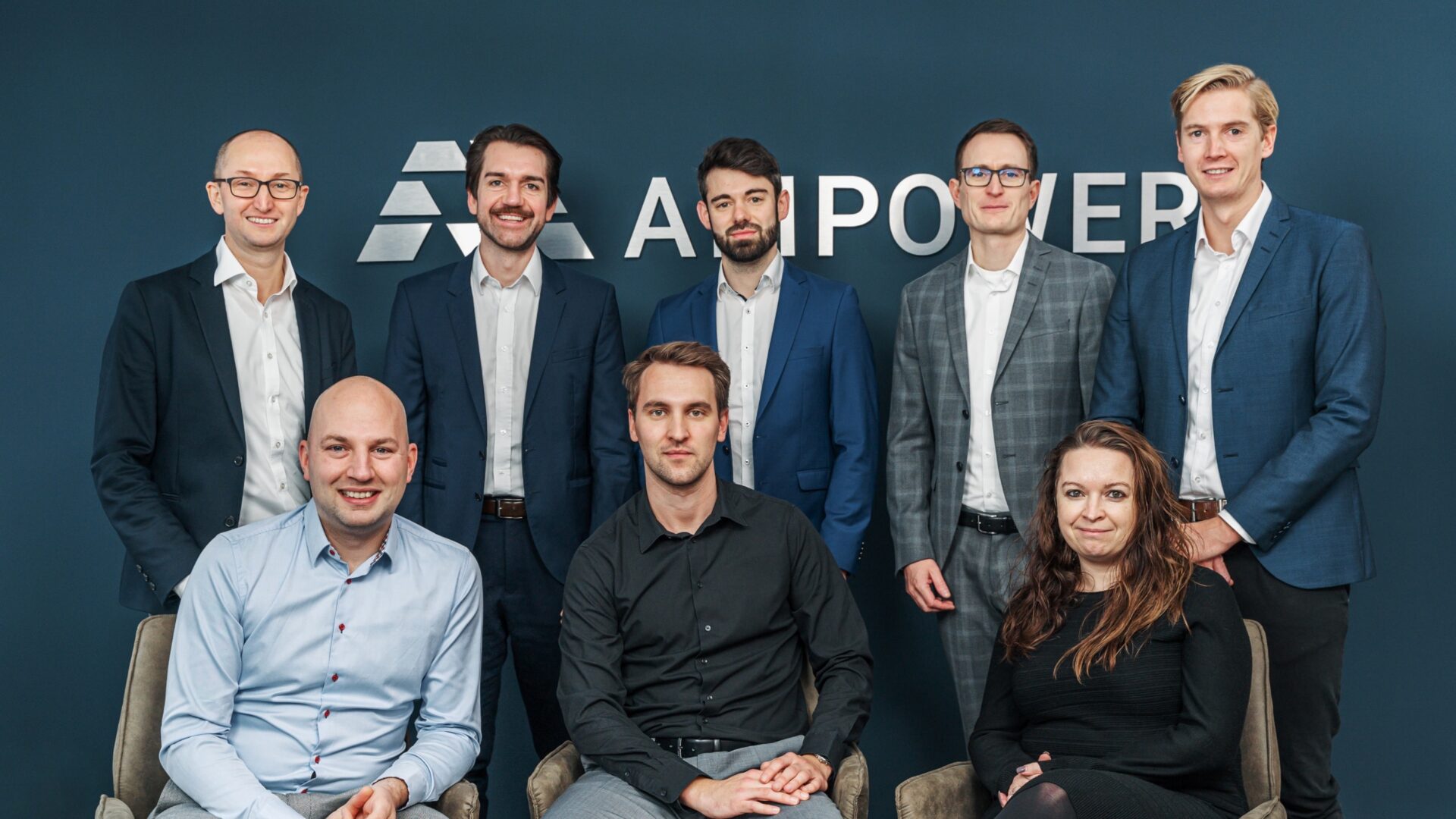About the AM Academy
AM Academy is the leading company in Additive Manufacturing online learning and education services powered by AMPOWER.
About the AM Academy
Why AM Academy?
Better products, more resilient supply chains, sustainable manufacturing – the potential of Additive Manufacturing is endless. Today, there is a constantly growing number of companies across a wide range of industries demonstrating the successful use of AM in their applications. These applications reach far beyond simple prototypes and the technology has grown to a scale where no company can simply ignore it. At the same time, it gets increasingly complex to navigate in this environment and to separate hype from reality. New technologies are coming up seemingly on a weekly basis and it is challenging to understand which ones are relevant for your applications. We believe that the AM Academy can be a solution to these challenges.
Within our projects we realized that a lack of knowledge related to AM is often holding back the widespread adoption of the technology. Even in companies that have already implemented Additive Manufacturing it is typically a small group of experts that understands how to utilize the technology, which leads to a limited number of applications and thus unused potential. This led to AMPOWER’s decision to combine our profound experience in the AM industry and our expertise in training engineers to create the AM Academy. Our goal is to provide every individual and organization the relevant knowledge to utilize Additive Manufacturing in their business.
In order to deliver the most exhaustive and objective learning experience, AMPOWER created a combined online and onsite training concept. The online learning consists of several modules and is targeted towards every individual in an organization that works with Additive Manufacturing. The live trainings act as a complement to the online learning and consists of hands-on technology sessions or discussions related to applications or AM strategy.
The AM Academy is powered by AMPOWER and incorporated as an separate legal entity in Germany. This allows a complete focus on all topics related to training and education while at the same time utilizing synergies with AMPOWER.
The company behind the AM Academy
About AMPOWER
AMPOWER is the leading consultancy in the field of industrial Additive Manufacturing. AMPOWER advises their clients on strategic decisions by developing and analyzing market scenarios as well as compiling technology studies. On operational level, AMPOWER supports the introduction of Additive Manufacturing through targeted training programs as well as identification and development of components suitable for production. Further services include the setup of quality management and support in qualification of internal and external machine capacity. The company was founded in 2017 is based in Hamburg, Germany.
Our corporate values “independent”, “trustworthy” and “goal-oriented” reflect in our daily work where we strive to always deliver the newest market and technology insights into the Additive Manufacturing world to our customers. Find out more about AMPOWER.

Benjamin Haller works as Managing Director at the AM Academy GmbH. Benjamin has worked for different companies in the Additive Manufacturing industry for several years and always focused his work on helping companies introduce Additive Manufacturing in their business.
He also successfully developed an Additive Manufacturing online learning platform that is now used by several industrial companies.
Write us
How to contact us
Contact
Visiting Address:
AM Academy GmbH
Alstertor 13
20095 Hamburg
Germany


